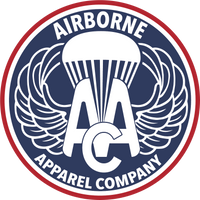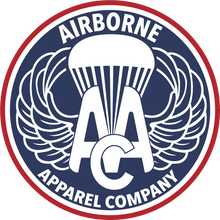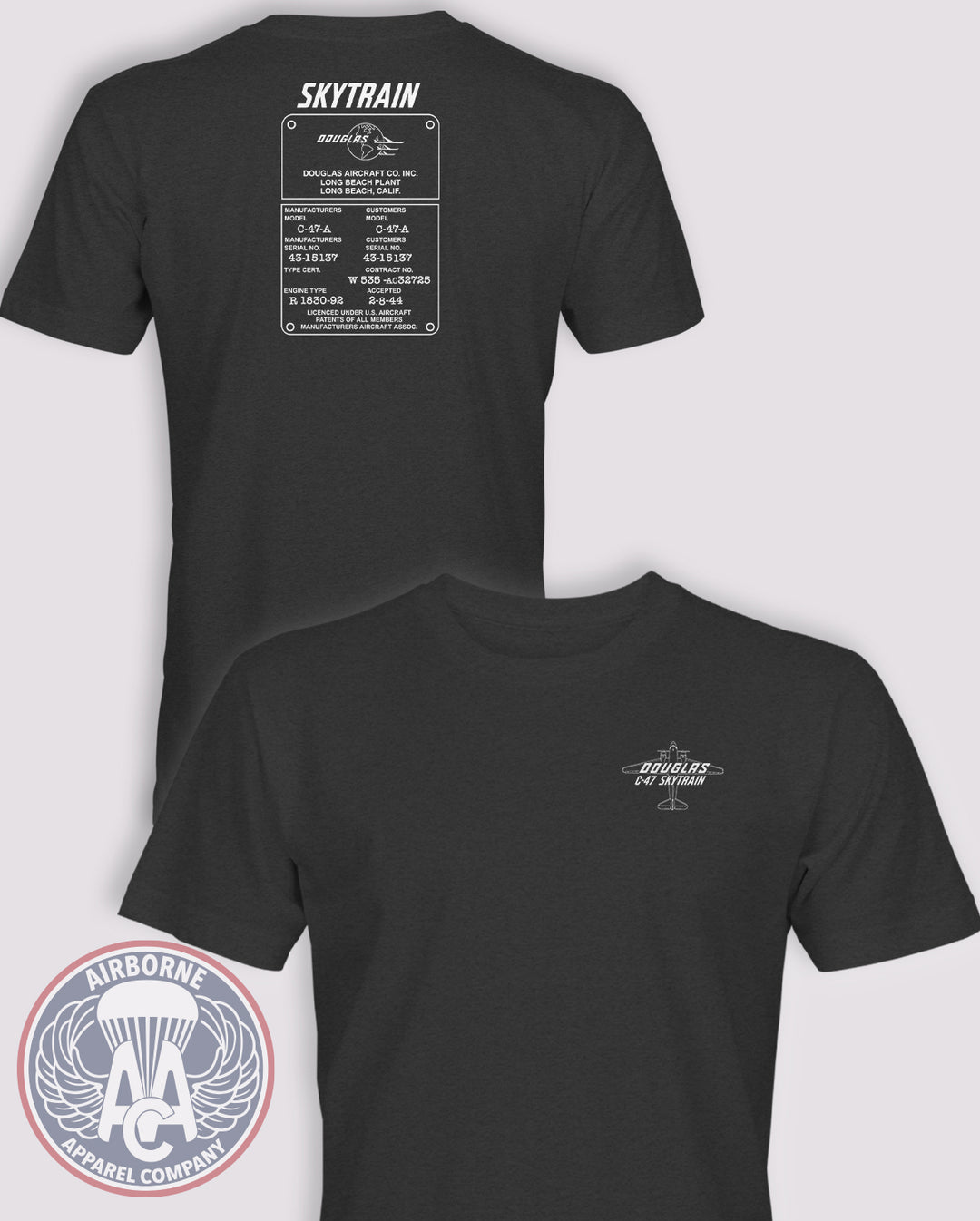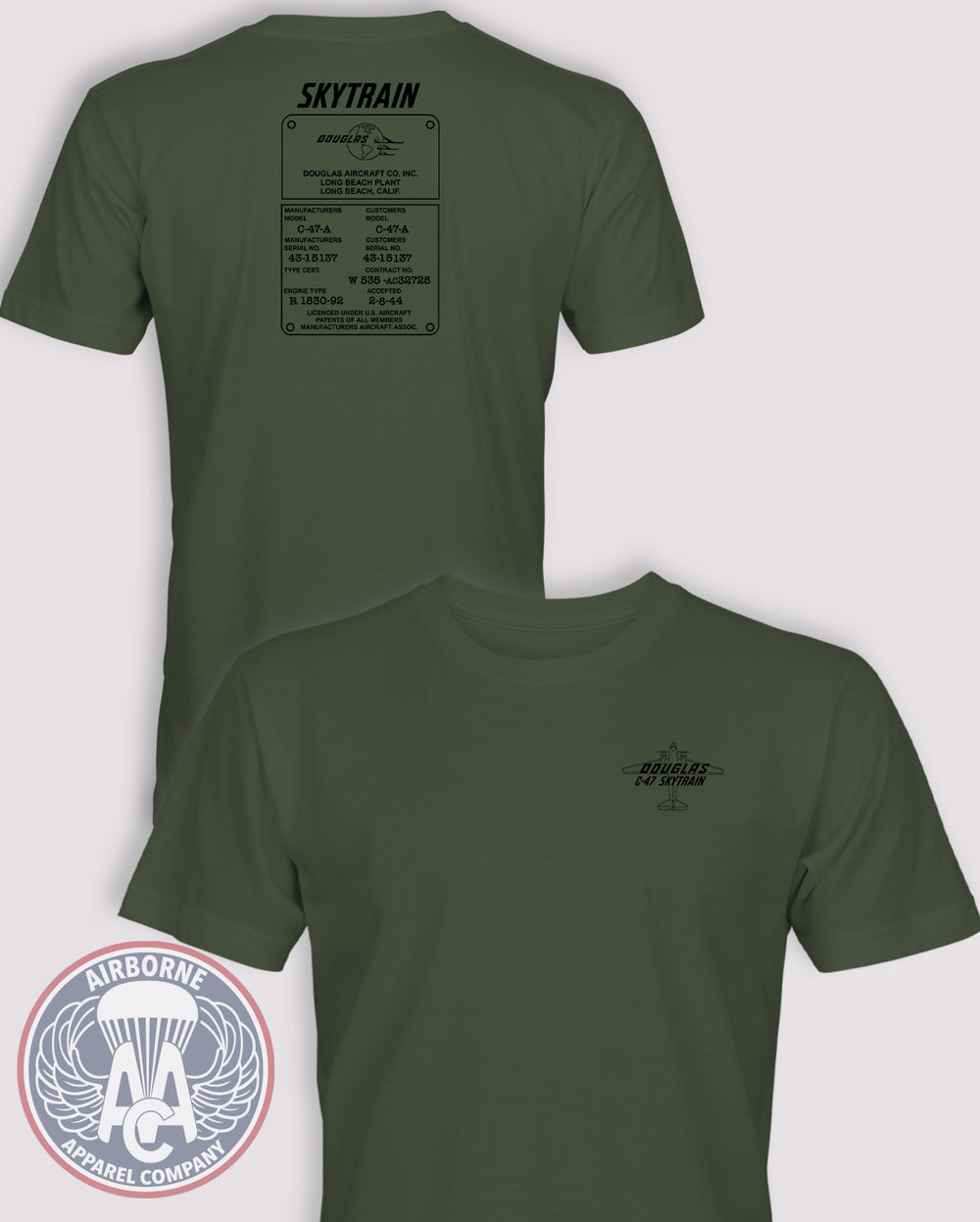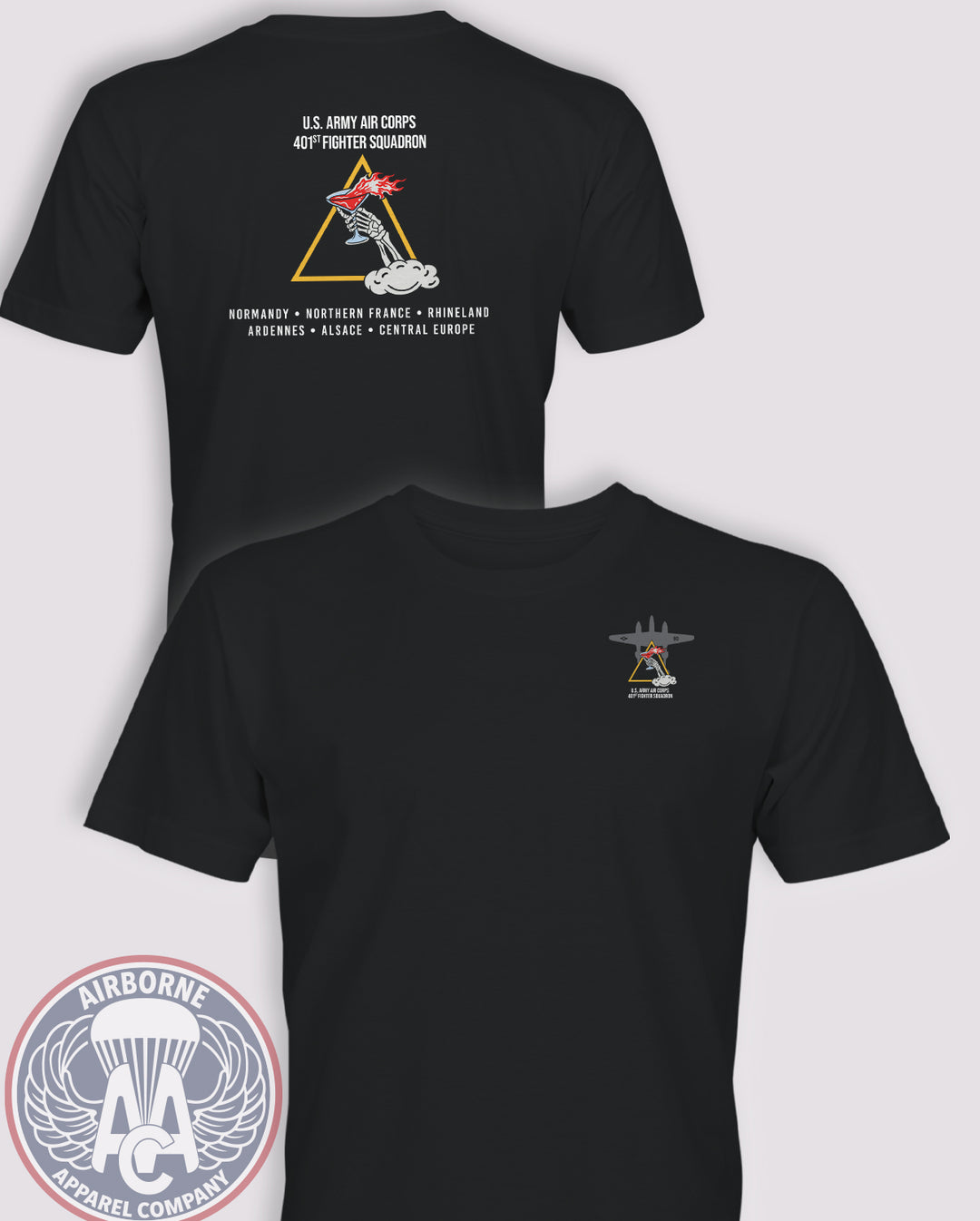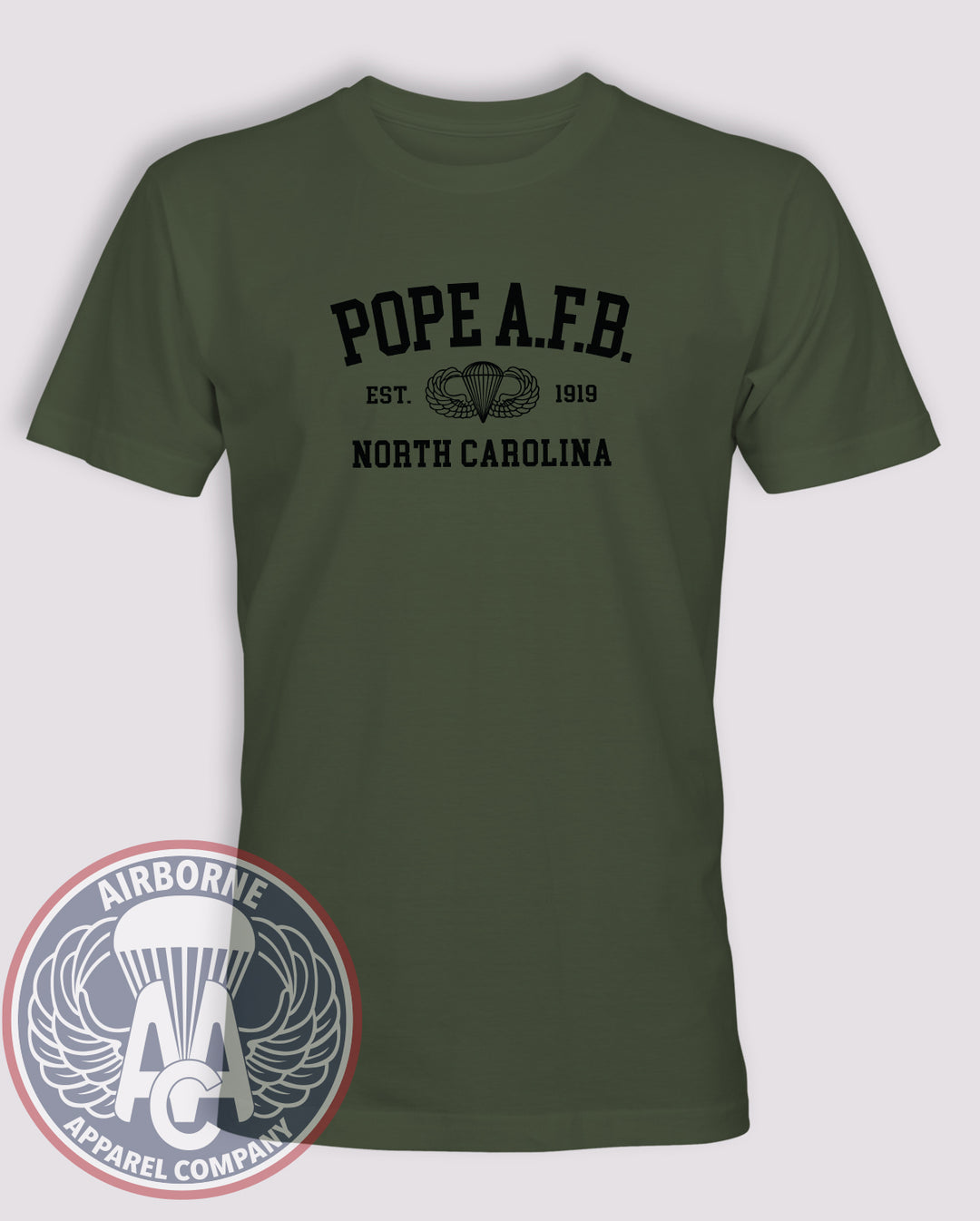The United States Army Air Corps was officially established on July 2, 1926, as the successor to the Air Service of the U.S. Army, which had itself been formed during World War I. At its inception, the Air Corps represented the growing recognition that aviation was no longer a novelty but a critical arm of modern warfare. Its creation was driven by the lessons of World War I, where air reconnaissance, pursuit aviation, and rudimentary bombing missions had demonstrated the future potential of air power. Though it was still subordinate to the Army’s ground forces, the Air Corps marked the first step toward organizing and professionalizing America’s military aviation. In the interwar years, it faced limited budgets and small numbers, but visionaries like Brigadier General Billy Mitchell and General Mason Patrick laid the groundwork for future development. Mitchell, though often controversial, championed the idea that aircraft could sink battleships and strike deep into enemy territory—concepts that would become reality in World War II.
By 1938, with tensions escalating in Europe and Asia, the Air Corps began to grow beyond its experimental phase. The late 1930s saw increased funding, better aircraft designs such as the B-17 Flying Fortress, and the establishment of advanced training programs. General Henry “Hap” Arnold, a protégé of Billy Mitchell, rose to prominence during this period. Under Arnold’s leadership, the Air Corps emphasized modernization and mass production, ensuring that when the United States entered World War II, it would do so with an air arm capable of scaling to a global conflict. In 1941, just prior to America’s formal entry into the war, the Air Corps transitioned into the U.S. Army Air Forces (USAAF), consolidating nearly all military aviation under a single command. This reorganization was crucial, giving Hap Arnold direct access to the Army Chief of Staff and President Franklin D. Roosevelt, and allowing the rapid expansion of men, machines, and missions.
During World War II, the Army Air Forces—still built on the foundation of the Air Corps—grew from fewer than 30,000 personnel in 1939 to more than 2.4 million by 1945, with nearly 80,000 aircraft produced. This massive growth was one of the most remarkable organizational feats of the war. Leaders such as General Carl “Tooey” Spaatz, General Ira C. Eaker, and General Jimmy Doolittle brought the Air Corps’ vision to life in combat. Doolittle became a household name after leading the daring 1942 Tokyo Raid, proving that Japanese cities were within reach of American bombers. In Europe, Spaatz and Eaker oversaw the daylight precision bombing campaign against Nazi industry, while the introduction of long-range fighters like the P-51 Mustang allowed American bombers to penetrate deep into Germany with escort protection. In the Mediterranean and North Africa, Air Corps units supported campaigns at El Alamein, Sicily, and Italy, while in the Pacific the P-38 Lightning, B-25 Mitchell, and eventually the B-29 Superfortress carried the fight across vast distances.
Key accomplishments of the Air Corps and Army Air Forces included breaking the back of the German Luftwaffe in the skies over Europe, crippling Axis supply lines through relentless bombing campaigns, pioneering airborne operations with paratroopers in Sicily, Normandy, and Operation Market Garden, and executing the island-hopping campaigns across the Pacific. Perhaps the most decisive air campaigns of the war came in 1945, when B-29 Superfortresses conducted firebombing raids against Japanese cities and dropped the atomic bombs on Hiroshima and Nagasaki, hastening the end of the war. These missions, controversial but historically pivotal, demonstrated that air power had become the decisive factor in modern warfare.
By the end of the conflict, the Air Corps and Army Air Forces had proven not only their indispensability but also their independence. Airmen were no longer merely supporting ground troops; they were conducting strategic campaigns that could win wars outright. The National Security Act of 1947 recognized this reality, formally creating the United States Air Force as a separate branch of service. This marked the final transformation of the Army Air Corps from its modest beginnings into the world’s most powerful air arm. Its legacy is found not only in the victory of World War II but in the foundation it laid for American air dominance throughout the Cold War and into the present day.
The Army Air Corps’ history is tied to legendary leaders like Billy Mitchell, Hap Arnold, Carl Spaatz, Jimmy Doolittle, and Ira Eaker, as well as to iconic aircraft such as the P-38 Lightning, P-47 Thunderbolt, P-51 Mustang, B-17 Flying Fortress, B-24 Liberator, and B-29 Superfortress. From training fields in the United States to combat skies over Europe, North Africa, and the Pacific, the Air Corps transformed American military aviation from a struggling auxiliary to a decisive force that shaped the outcome of World War II. Its story is not only one of organizational growth and technological innovation but also of courage, sacrifice, and the birth of modern air power.
